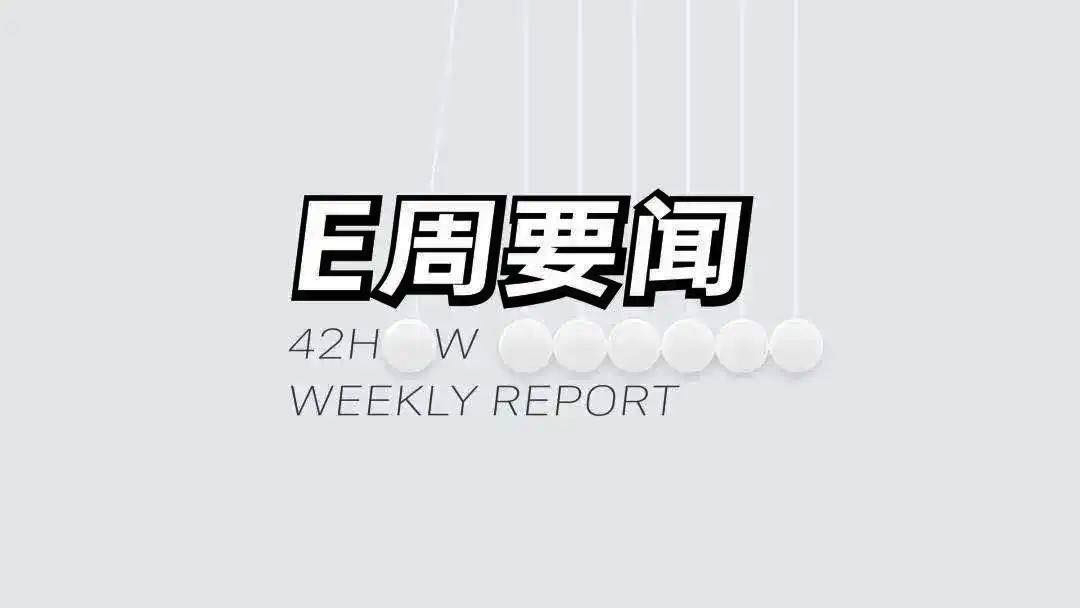Weekly Index
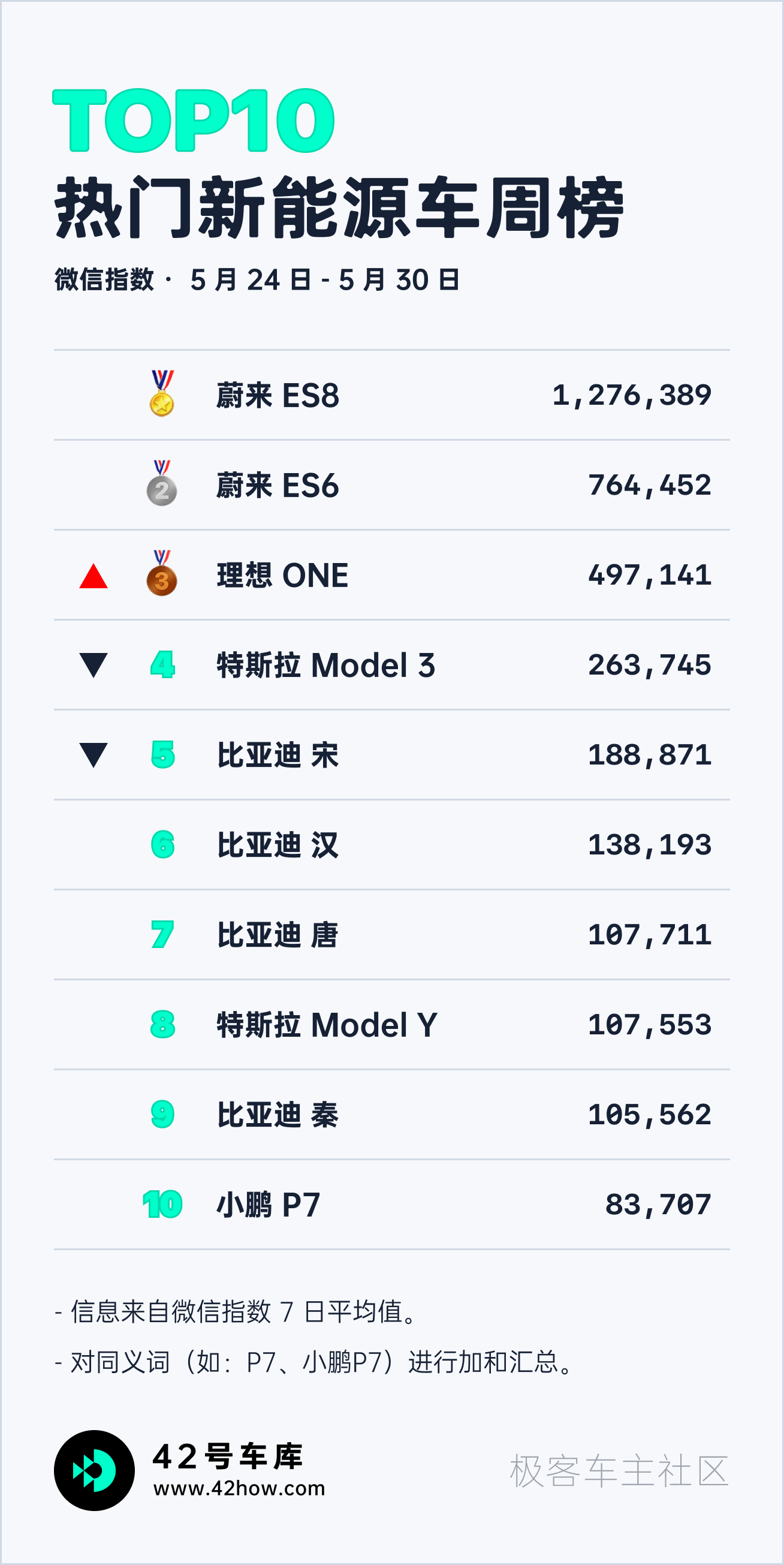
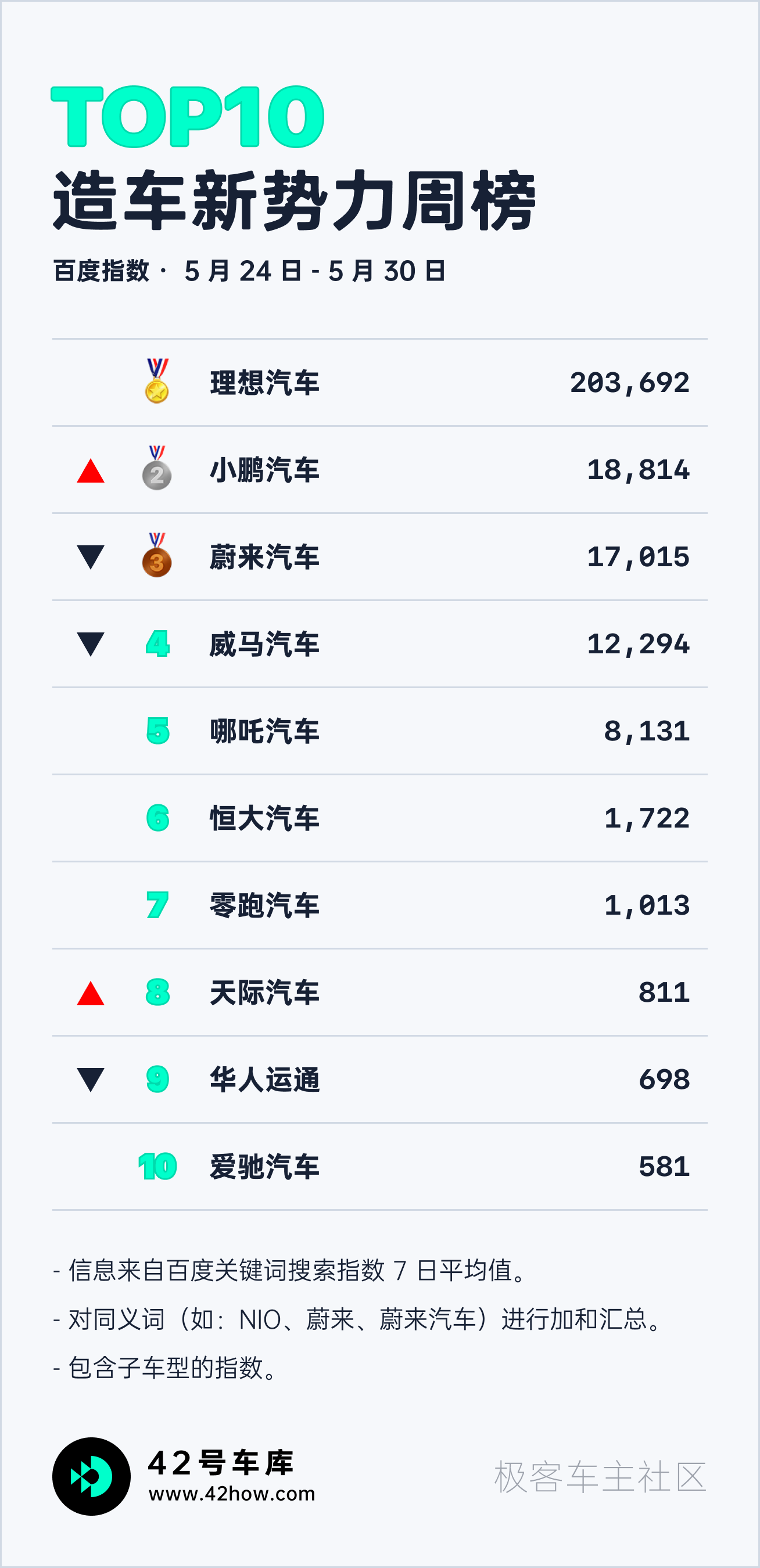
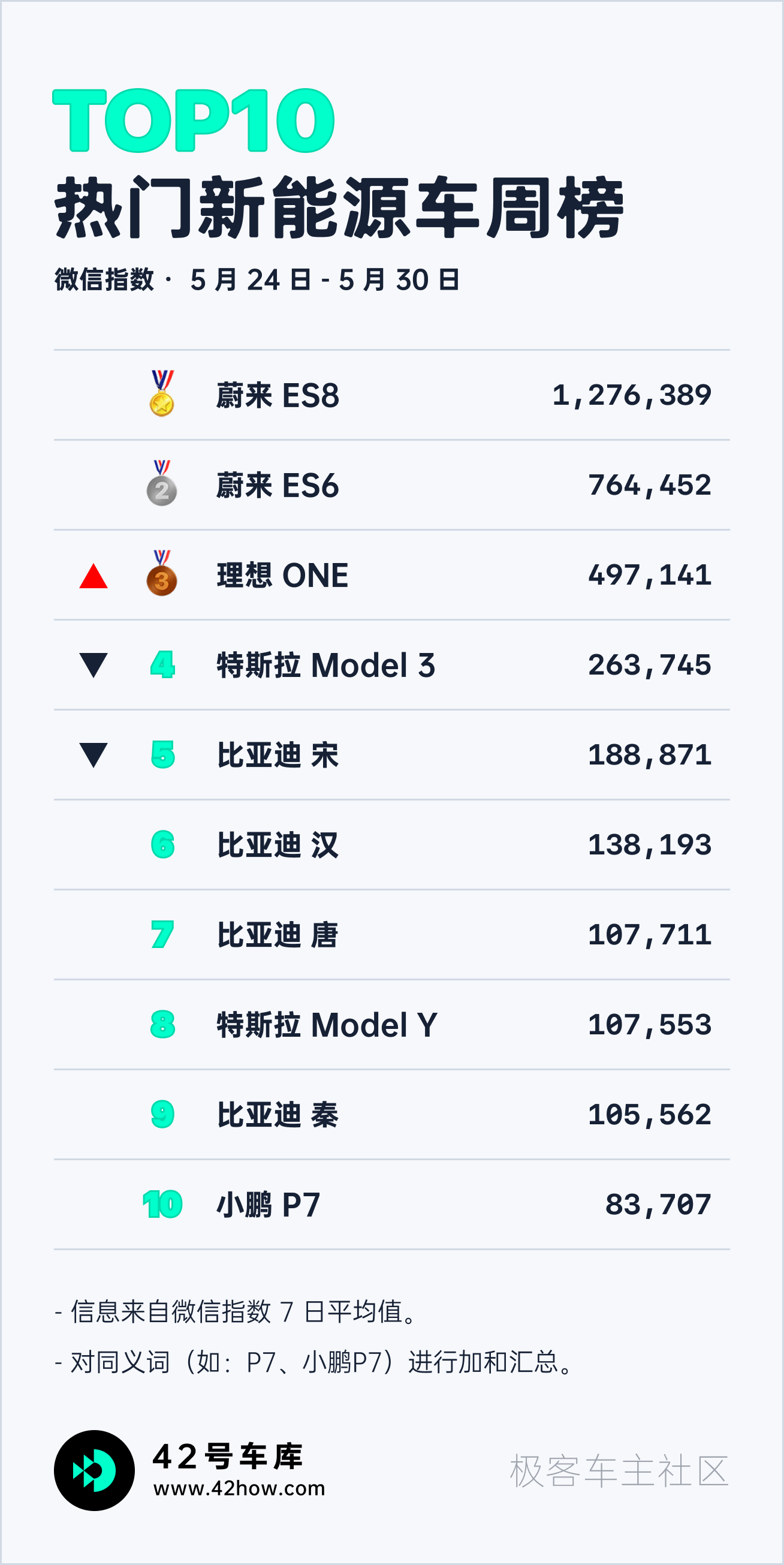
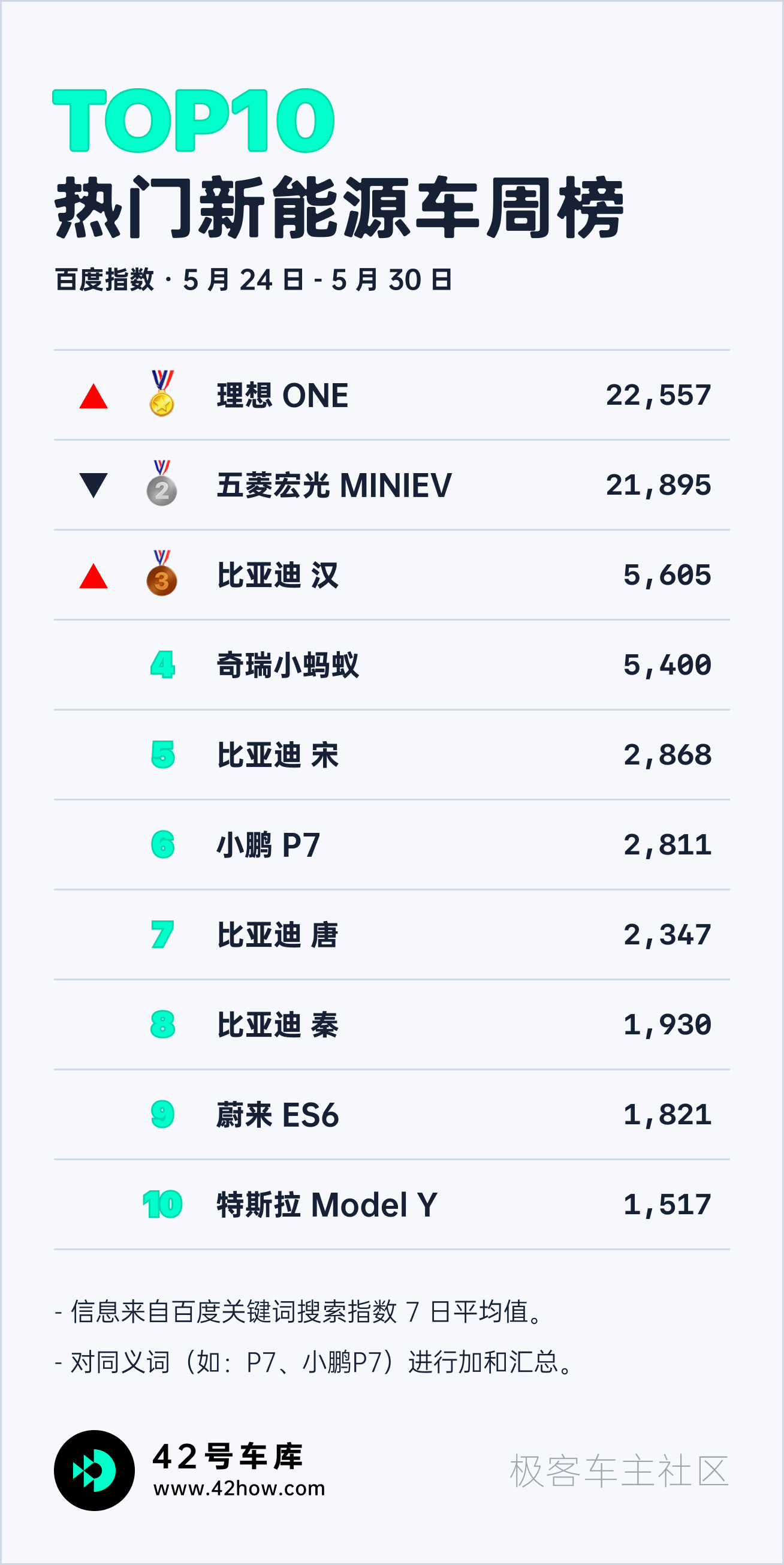
Weekly News
Xpeng P7 will add parking memory function for parking lots
Today, Xpeng P7 welcomes OTA small-scale public testing, and the new version Xmart OS version number is 2.6.0. Xpeng automotive stated that the “last mile” parking function—VPA parking memory function will be opened to users in this upgrade.
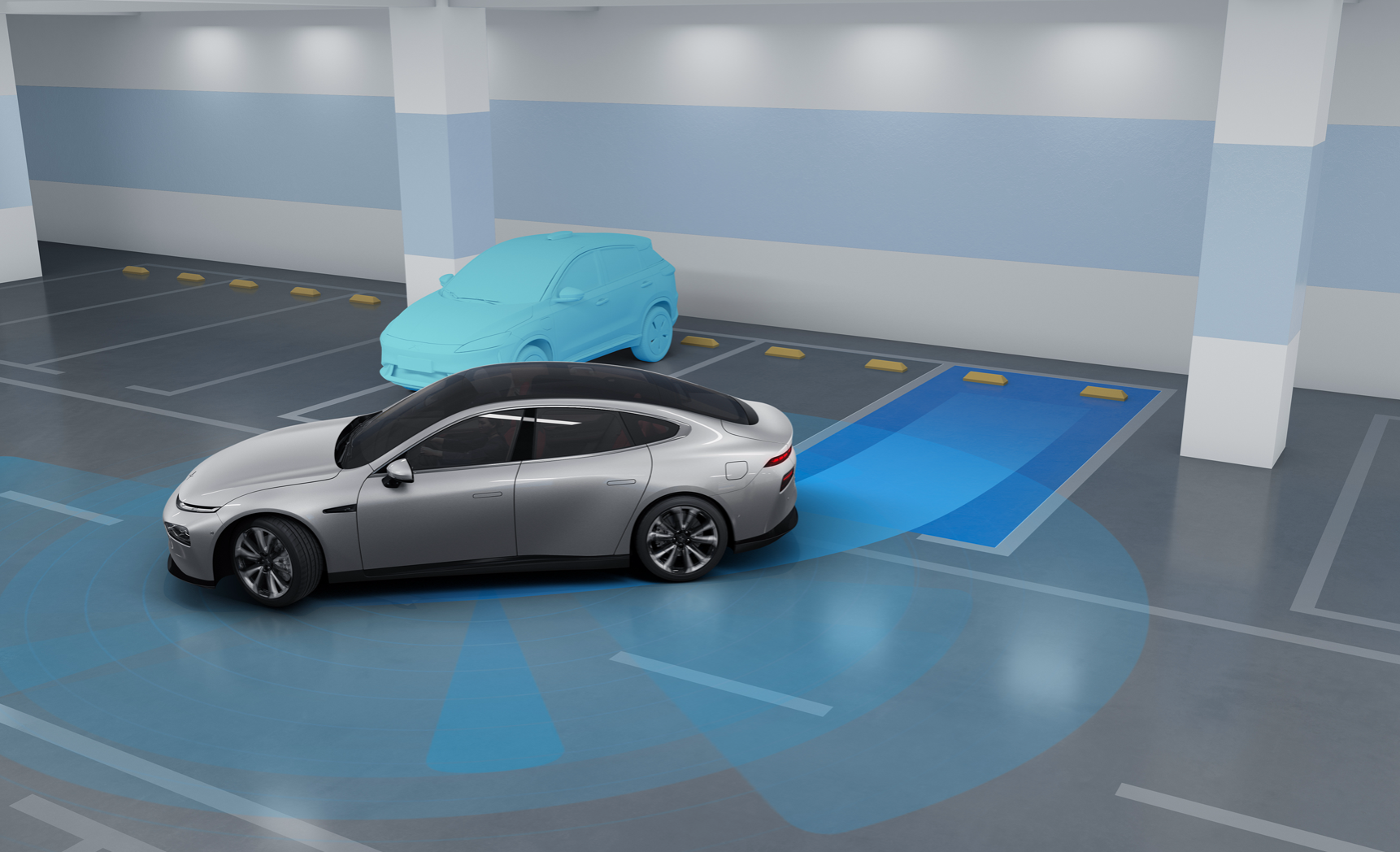
The VPA parking memory function is suitable for Xpeng P7 smart ultimate edition and wing edition models equipped with XPILOT 3.0 system hardware and activated software services. Currently, VPA parking memory function supports 1,000m of available distance and 100 underground parking spaces per bike memory and is suitable for scenarios such as communities, companies, and shopping malls.
Quick Review:
Xpeng announced the preview last Thursday, and it has been small-scale public testing today. The actual experience of this VPA parking memory function is worth looking forward to. In addition, in this new version, the NGP automatic navigation assisted driving has also been optimized. The new version added NGP status voice-changing lane function, staying away from large vehicles function, and self-recovery function, in addition to optimizing the deceleration smoothness of the vehicle cut-in, the detection and response to traffic cones, etc.
Tesla announces the removal of the millimeter-wave radar on Model 3/Y
On May 26, Tesla made a statement on its US website that to further transition to Tesla Vision, the millimeter-wave radar will no longer be equipped on the Tesla Model 3/Y in the North American market from May 2021. Autopilot and FSD functions will be fully based on cameras.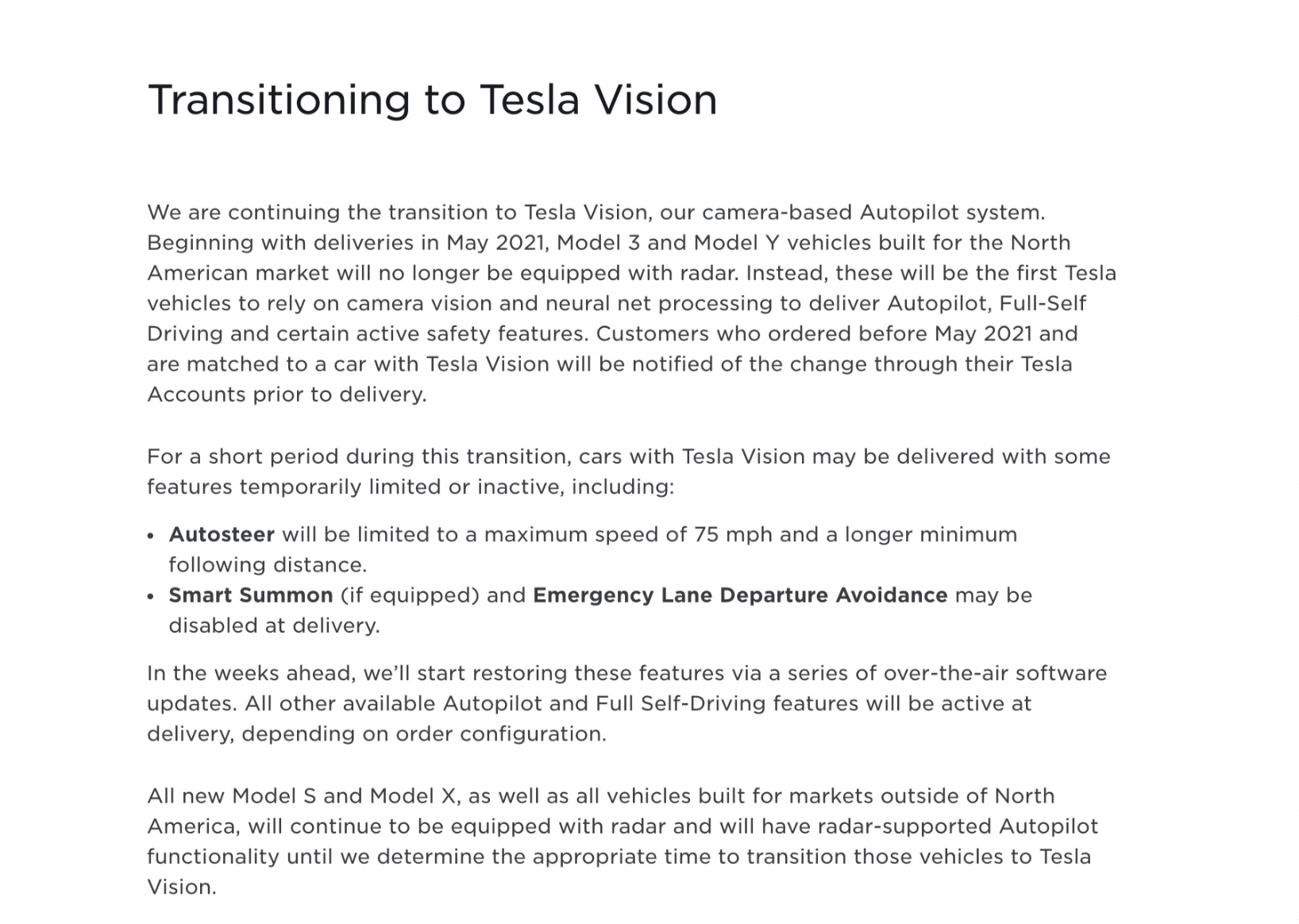
Currently, the updated Model S/X still come with millimeter-wave radar. Tesla stated that the Model 3/Y, with its larger fleet, can more quickly supplement real road data for visual solutions, accelerating the optimization of Tesla Vision, which is more conducive to accelerating the large-scale promotion.
Quick Comment:
For Tesla, which is moving towards a pure visual solution, this change is not surprising. However, according to the website of the U.S. National Highway Traffic Safety Administration (NHTSA), the checkmark for recommended safety technology will no longer be used for Model 3 and Model Y produced after April 27. This decrease in safety rating may be related to Tesla’s removal of radar and switch to pure visual solutions.
Ford announces that electric vehicles will make up 40% of its sales by 2030
Last Wednesday, Ford announced plans to increase its spending on electrification by a third. By 2030, it’s expected that electric vehicles will account for 40% of the brand’s global sales.
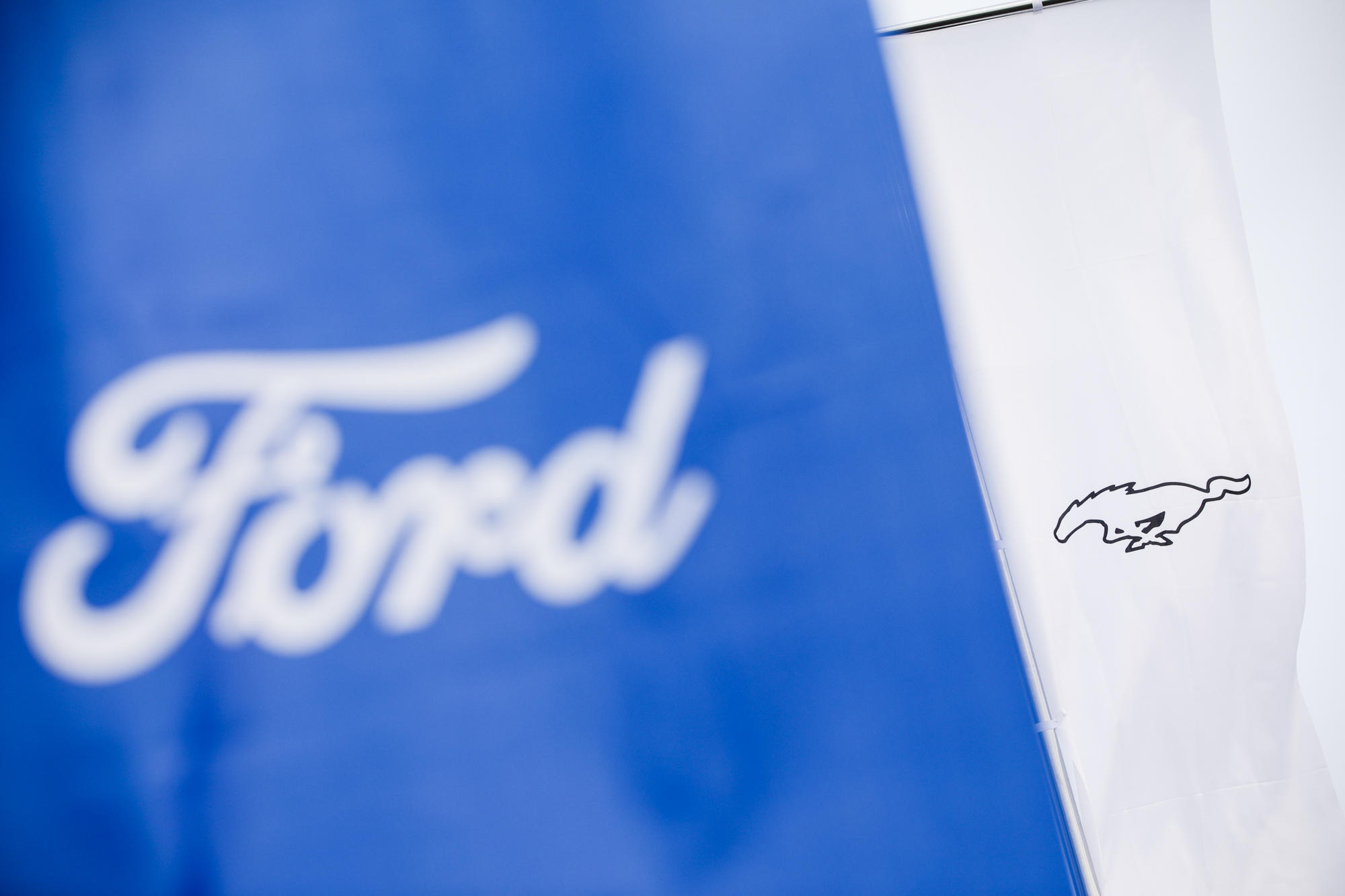
If sales last year are used to calculate, then Ford will need to sell more than 1.5 million electric vehicles by 2030. Previously, Ford also stated that all the models it sells in the European market will be electric by 2030.
Quick Comment:
This year, Ford has been active in its transformation towards electrification and has launched the Mustang Mach-E all-electric SUV and the F-150 Lightning all-electric pickup truck. The latter received over 70,000 orders within a week of its launch. On May 21st, Ford signed a joint venture memorandum of understanding with South Korean battery manufacturer SK Innovation to jointly establish a battery joint venture named BlueOvalSK in the United States, producing battery cells and packs, and applying them to more Ford models.
Tesla builds data center in China
On May 25th, Tesla announced on Weibo that it has established a data center in China for localized data storage and will continue to increase the number of local data centers. All data generated from vehicles sold in the Chinese mainland market will be stored domestically.Translation:
Markdown text in Chinese is translated into English Markdown text, with HTML tags retained within Markdown. Only corrections and improvements are output in professional English, without explanations.
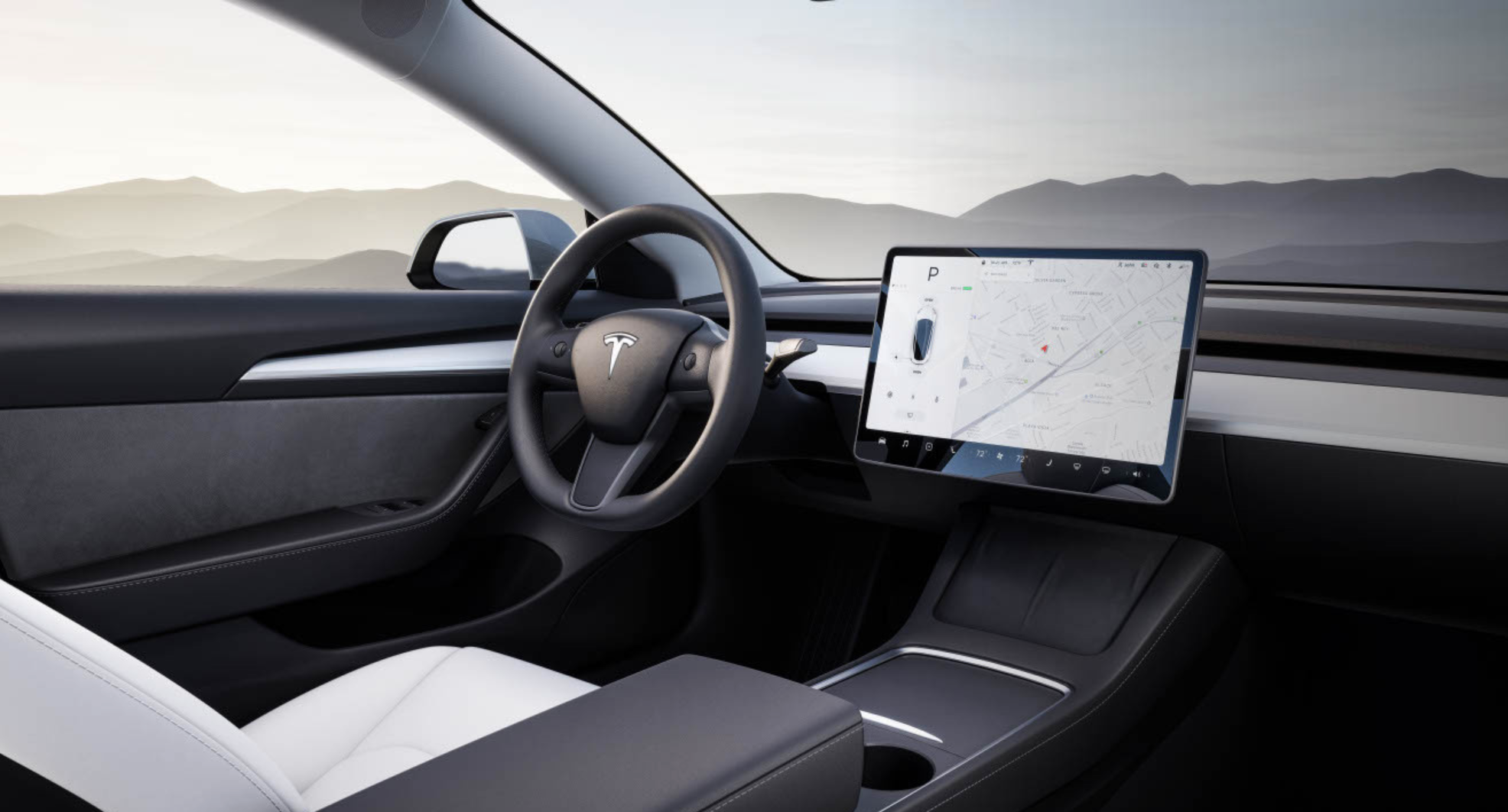
Meanwhile, Tesla announced that it will open a vehicle information query platform to owners and make every effort to implement automotive data security management measures to ensure data security.
Quick review:
After Tesla’s announcement, according to Reuters, BMW, Daimler, and Ford have all stated that they have established data centers in China for local storage of data generated by vehicles. Ford has already built and put data centers into operation in the first half of last year, while BMW and Daimler stated that the Chinese data centers are in operation but did not disclose further details. With the completion of Tesla’s data center in China, the iteration of FSD in the Chinese market may also accelerate accordingly.
Production verification vehicle of Arcfox Alpha S Huawei Hi Edition offline, landing soon
On May 26th, the production verification vehicle of ARCFOX Alpha S Huawei Hi Edition, the first product of the deep cooperation between Arcfox and Huawei, was officially offline in the Borgward Magna Zhenjiang factory witnessed by representatives from strategic partners such as Huawei, Ningde era, and Magna.
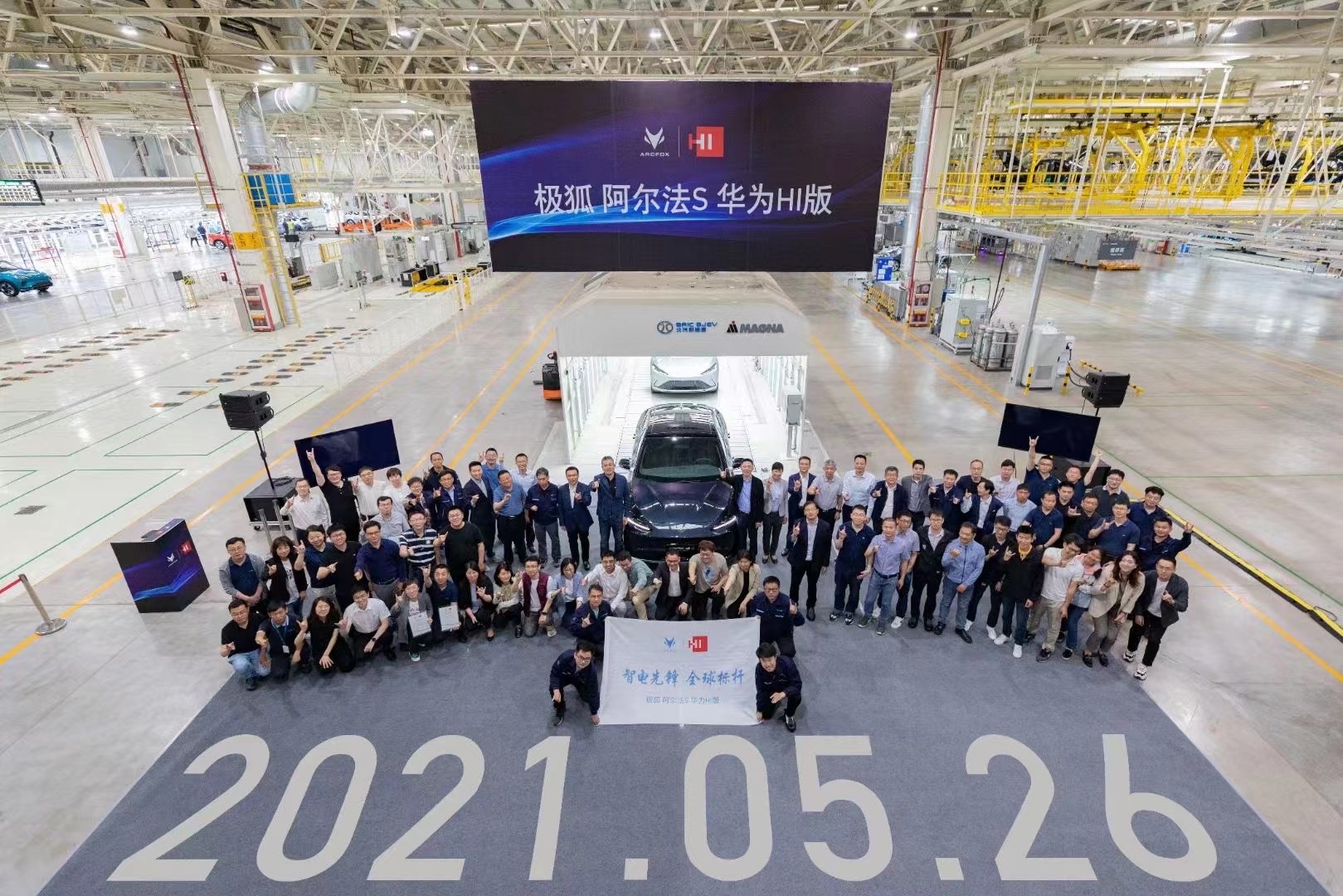
The price of the Alpha S Hi Edition is 388,900 yuan for the base version and 429,900 yuan for the high-end version. The former’s Level 2 auxiliary driving capability is equivalent to the mainstream Level 2 auxiliary driving products currently on the market, while the latter has the urban automatic driving capability.
According to previous announcements by Arcfox, the brand is expected to open 60 stores nationwide throughout 2021, and this number will reach 150 in 2022. Huawei, which participated in Arcfox’s car-making process, will also have deeper cooperation in channels. Huawei plans to sell cars in 200 experiential stores by the end of July and expand this number to more than 1,000 by the end of the year.
Quick review:
Huawei’s Yu Chengdong has set a target of selling 300,000 units next year. As the one currently having the deepest and largest interest-related cooperation with Huawei, Arcfox Alpha S undoubtedly has an important position in this target of 300,000 units plan. As a reference, the sales volume of the Seres SF5, which sold less than ten thousand units in 2020, achieved a feat of 6,000 orders within a week thanks to Huawei brand and channels, which is enough to illustrate Huawei’s influence and confidence in car sales. (42nd EV performance enthusiast)
The new version of the Ideal ONE was released, and NOA became standard across the board.On the evening of May 25th, 2021, Li Auto held the launch event for the 2021 Li ONE in Beijing. The 2021 Li ONE is priced between CNY 338,000 and CNY 348,000, with Li Auto’s advanced driving assistance system, Li Auto AD, included as standard across the range.
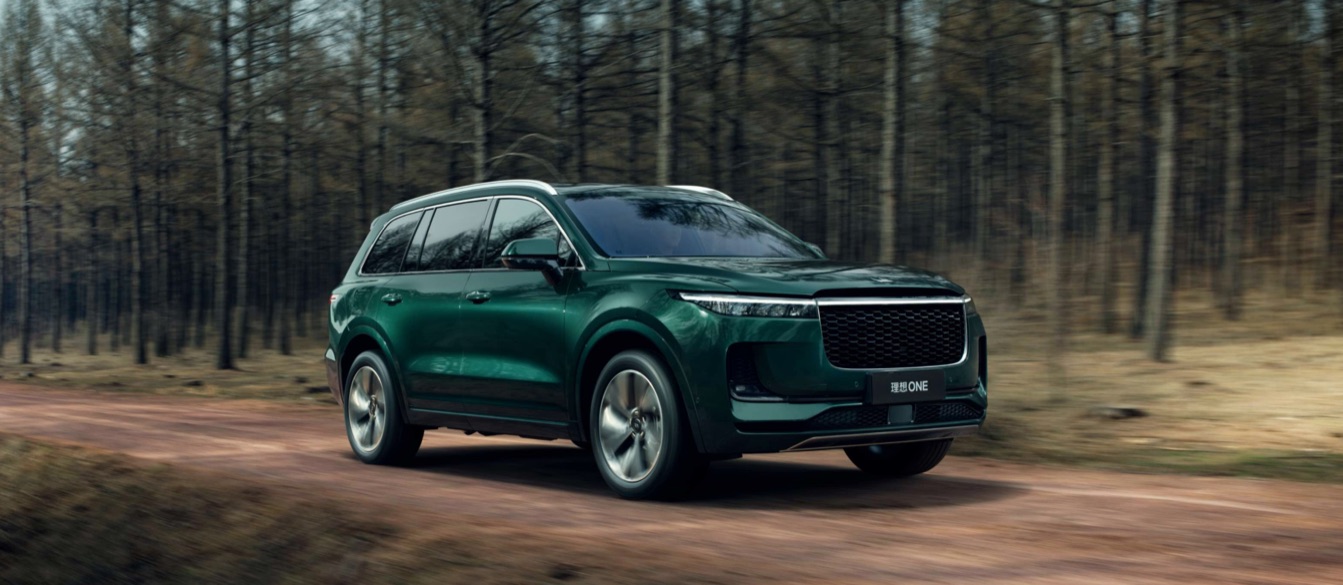
The 2021 Li ONE is equipped with the Li OS, which enables various driving assistance features, including the NOA navigation-assisted driving function. By the third quarter of this year, the Li Auto AD advanced driving assistance system will open the NOA function to all national highways and city enclosed expressways. Li Auto has stated that all of its future models will include standard driving assistance and autonomous driving functions without any additional software activation or subscription fees.
Quick Review:
On the Q1 2021 earnings call on May 26th, when asked whether the price increase of the new Li ONE was due to the cost of NOA, Li Auto replied that the price increase was not specifically aimed at any new functions, but was a comprehensive evaluation. Li Xiang has previously stated that NOA is included as standard without charge. Li Auto has also repeatedly stated that both its hardware and software are self-developed, and during a media interview session of the Li ONE launch event, Li Xiang stated that Li Auto’s R&D investment this year will expand to CNY 3 billion, and R&D investment will continue to increase in the future.
This article is a translation by ChatGPT of a Chinese report from 42HOW. If you have any questions about it, please email bd@42how.com.
